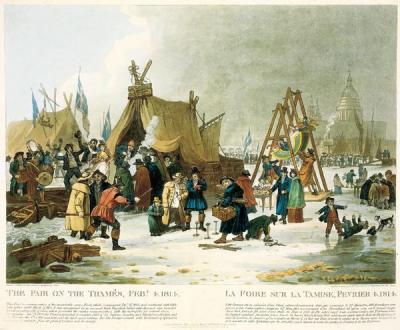Gregg Easterbook is worried that we’re at peak football (NFL football, anyway), and has a few suggestions to fix what he thinks are some of the worst problems facing the game as a whole:
For the NFL:
- Revoke the nonprofit status of league headquarters, and the ability of the league and individual clubs to employ tax-free bonds. A bill before the Senate, from Republican Tom Coburn of Oklahoma, would end these and other sports tax breaks.
- Require disclosure of painkiller use club by club — as anonymous data, with names removed. Painkiller abuse may be football’s next scandal.
- Change law so images of football games played in publicly funded stadia cannot be copyrighted. The effect would be that the NFL would immediately repay all stadium construction subsidies, and never seek a subsidy again. Altering national copyright law seems more promising than trying to ban pro football stadium subsidies state by state, since the handouts originate with a broad mix of state, county and city agencies. (Yes, careful wording of such a law would be required to prevent unintended consequences.)
For the NCAA:
- Graduation rates should be factored into the new FBS playoff ranking system. Not the meaningless “Academic Progress Rate” the NCAA touts precisely because of its meaninglessness — graduation is what matters. News organizations that rank college football should add graduation rates voluntarily, as news organizations have voluntarily agreed to many best-practice standards.
- For FBS players, the year-to-year scholarship — which pressures them to favor football over the library, to ensure the scholarship is renewed — should be replaced with a six-year scholarship. That way once a player’s athletic eligibility has expired, typically after 4.5 years, and once the NFL does not call — 97 percent of FBS players never take an NFL snap — there will be paid-up semesters remaining for him to be a full-time student, repair credits and earn that diploma. Not all will need the extra semesters. But six-year full scholarships would change big-college football from a cynical exercise in using up impressionable young men and throwing them away, into a fair deal: The university gets great football, the players get educations.
- NCAA penalties should follow coaches. If a coach breaks rules at College A then skedaddles to College B, all College A sanctions should follow him. The NFL should agree, voluntarily, that the length of any NCAA penalties follows any coach who skedaddles to the pros. So if Coach A gets out of town just before the posse arrives and imposes a two-year sanction on College B, Coach A should face a two-year sanction from the NFL.
[…]
For football at all levels:
- Eliminate kickoffs, the most concussion-prone down. After a score, the opponent starts on his 25. Basketball eliminated most jump balls; purists cried doom; basketball is just fine.
- Ban the three-point and four-point stance. Because of these stances, most football plays begin with linemen’s heads colliding. No reform reduces helmet-to-helmet contact faster than requiring all players to begin downs with hands off the ground and heads up. Will this make football a sissified sport? That’s what was said of the forward pass.
- Only four- or five-star rated helmets should be permitted. Some of the safest helmets are prohibitively expensive for public high school districts, but the four-star, $149 Rawlings Impulse is not. Only double-sided or Type III (individually fitted) mouth guards should be permitted. Double-sided mouth guards are the most cost-effective way to protect against concussions. Many players won’t wear them because they look geeky. If everyone was wearing them, this would not matter.
A more general reform is needed, too. Football has become too much of a good thing. Tony Dungy told me for The King of Sports, “If I could change one aspect of football, it would be that we need more time away for the game, as players and as a society. Young boys and teens should not be doing football year-round. For society, it’s great that Americans love football. But now with the internet, mock drafts, fantasy leagues and recruiting mania year-round, with colleges and high school playing more games and the NFL talking about an even longer schedule — we need time off, away from the game.” We need less of everything about football.






